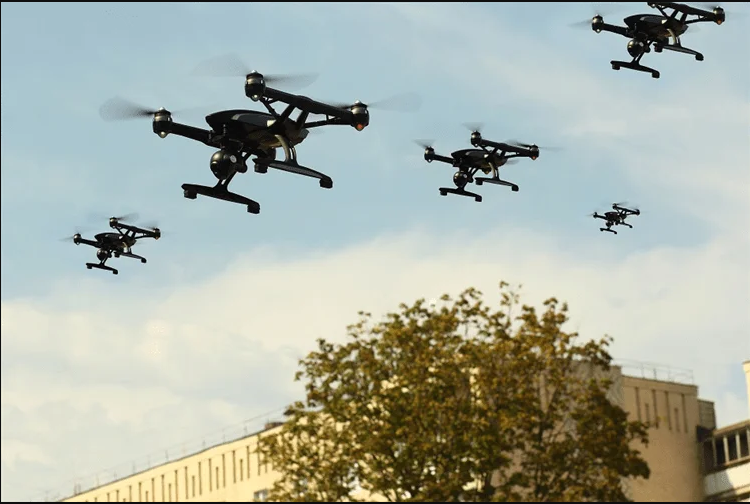Artificial Intelligence
Artificial Intelligence (AI) has revolutionized modern life, with AI solutions governing which movie to watch, which product to buy next, which medical treatment is the best on every stage of patient care, and which route would be the most efficient to take. The field of cyber-physical infrastructure systems (CIS) is the next frontier for AI, with numerous examples already demonstrating immense success, ranging from autonomous vehicles to traffic light automation. However, the commonplace between the two fields, i.e., CIS and AI, has not yet been extensively explored. In many scenarios, CIS design and implementation demand a significant amount of human work from domain experts or skilled engineers, and most existing AI algorithms have not considered the realistic issues that arise in CIS, such as security, data heterogeneity, data and model reliability, computing efficiency, and environmental dynamics. To bridge the gap between the two fields, the MECIS Center envisions the development of an AI substrate that will be ever-present, powering all parts of the CIS.

Swarm Robotics explores the development of robot groups, e.g., UAVs (unmanned aerial vehicles) and UGVs (unmanned ground vehicles), capable of autonomous operation without external infrastructure or centralized control. Within a robot swarm, collective behavior arises from localized interactions among robots and their environment. Guided by principles of swarm intelligence, swarm robotics emphasizes fault tolerance, scalability, and adaptability. This approach proves promising for concurrent tasks, requiring high redundancy and avoiding single points of failure where centralized control infrastructure is impractical.
Applications of swarm robotics span various domains, including demining, search and rescue, infrastructure monitoring, planetary and underwater exploration, and surveillance. In infrastructure monitoring, multiple robots can swiftly inspect damaged structures like bridges or buildings, assessing the extent of damage and pinpointing necessary repairs. By fostering collaboration and interaction within swarms, robots efficiently tackle tasks beyond the capacity of individual units. Thus, swarm robotics emerges as a key technology for enhancing infrastructure monitoring capabilities.
Research focusing on autonomous sensing and optimization of robot swarms for infrastructure inspection primarily occurs within the MARS (Multiple Autonomous Robot Systems) research lab in the Department of Computer Science. This lab led by Dr. Qi Lu, is affiliated with the NSF CREST MECIS center.


